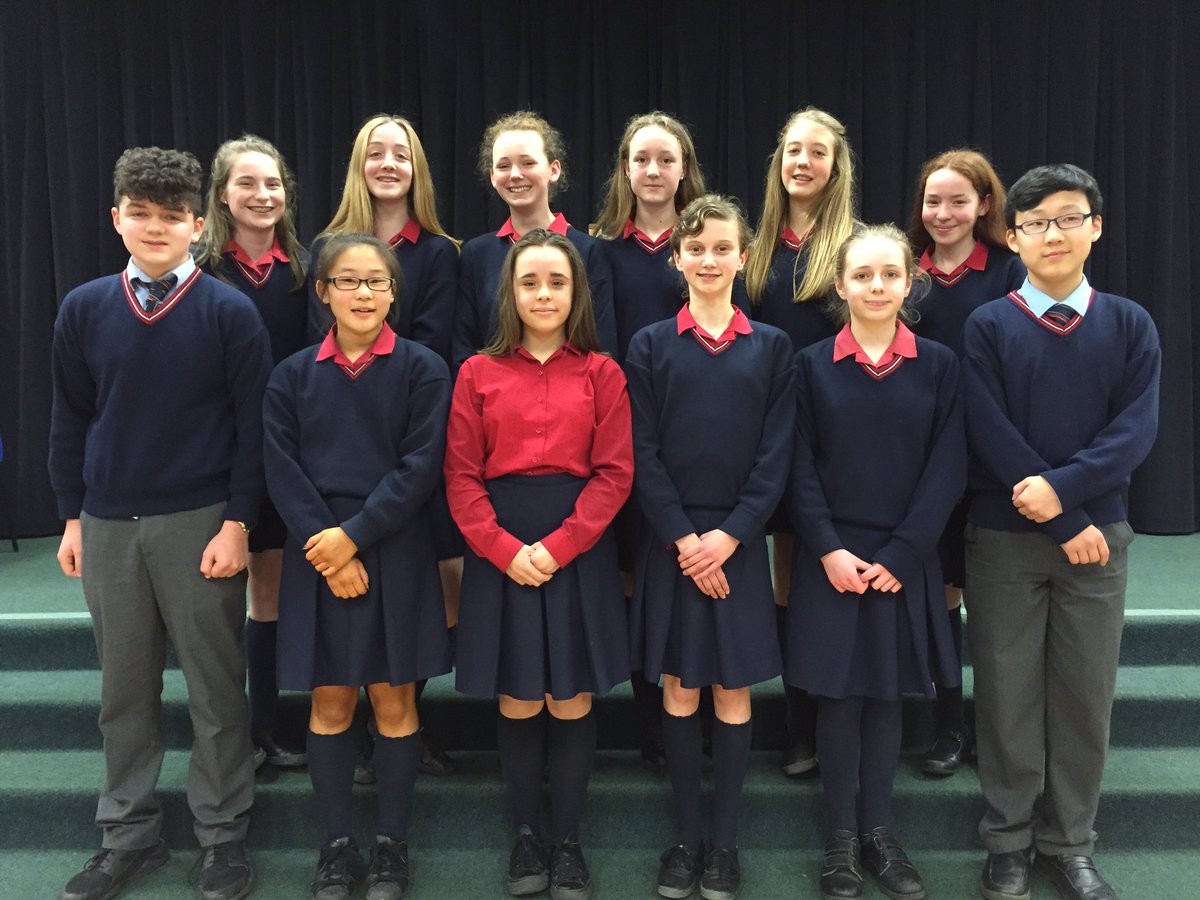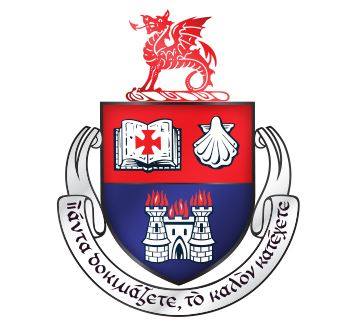
基本資料 | Information
The first effort made to establish a Wesleyan Methodist Grammar School in Ireland occurred in 1839 when the Rev. James Gillman, William Ferguson, William Stewart and Thomas Waugh attended a breakfast meeting in Dublin to consider the practicality of creating a school similar to Wesley College, Sheffield, England, set up in 1838 to educate the sons of the laity.
On 16 May 1844, a gathering of ‘Ministers and Gentlemen’ met in Belfast and agreed to form a Wesleyan Proprietary Grammar School in Ireland “for the purpose of affording a thorough literary, scientific and commercial education, with a sound, religious, and moral training, in strict accordance with the principles of Wesleyan Methodism”.
The committee originally proposed a boarding and day school for boys, in the vicinity of Belfast but later decided that the Wesleyan Connexional School should be established in Dublin which was the hub of Ireland’s transport system and had a far greater population. A large dilapidated dwelling house, No. 79 St. Stephen’s Green, sited on what is now part of the Department of Foreign Affairs, was leased from the trustees of The Kings Hospital.
The inauguration of the Wesleyan Connexional School, the predecessor of Wesley College, Dublin, is recorded in the manuscript.
The opening of The Wesleyan Connexional School, St. Stephen’s Green, Dublin took place on Wednesday morning, the 1st October, 1845.
“Several ministers of the Connexion were also present accompanied by nearly 150 debenture holders and parents of the children. At 9 o’clock the whole company sat down to breakfast joined by three boarders and nine day pupils. The Revd. Robert Masaroon presided.”
The school year was divided into only two terms because of the difficulties of travel in those days. The summer vacation began in mid-June and lasted for five weeks. The Christmas vacation was four weeks. Boarders could stay in school over the Christmas or summer vacations for which they were charged extra.
The pupils were divided into four groups: the College class under the First Classical Master, the Junior Classical School, the Commercial school and the Preparatory School. From 1858 the school day commenced at 9.30 rather than 9.00 and ended at 3.00 p.m Monday to Friday. On Saturday school ended at 12.00 noon.
The Wesleyan Connexional School laboured under severe handicaps right from the beginning and, as it developed, some of these handicaps became more severe.
Firstly, its financial basis was very insecure.
Secondly, the school premises, a dwelling house, Number 79 St. Stephen’s Green, leased in 1845 for 41 years – the maximum permitted under existing law – required a new roof and was dilapidated. Number 78 was leased in 1851 to reduce overcrowding
Thirdly, demands for additional pupil places added to the pressure on the existing inadequate facilities.
Fourthly, there was a continuous turnover of teachers and many of them were under-graduates without training for teaching.
In 1858 a house was rented in Old Mount Pleasant to accommodate 10 boarders and a large schoolroom was built at the rear of No. 79 at a cost of £200. The school then had enrolled fifty-two boarders and fifty-eight day boys “the maximum number that could be accommodated” and had refused places to ten boarders the previous quarter.
In 1860 No. 91 St. Stephen’s Green was leased, to be used as a home for Dr. Crook and to provide accommodation for senior boarders. In 1862 a field in Rathmines was made available for use as a sports field. The schoolroom was rebuilt and water-closets were provided in 1869.
Another house was leased in 1875 in Mespil Road to house twenty boarders under the supervision of the Headmaster, Dr. McIntosh.
The lease under which Numbers 78 and 79 St. Stephen’s Green was held was due to expire in 1877 and, despite numerous negotiations, it was not clear that the Governors of The King’s Hospital were prepared to renew the lease or to agree to terms acceptable to the Trustees of the Connexional School.
The members were very concerned to prevent unsuitable development near their church and in 1846 they petitioned against an extension of the Bray-Harcourt Street railway line to a proposed terminus on St. Stephen’s Green.
The Methodist Conference also granted the request of the Trustees in 1879 that the new institution should be called Wesley College.
The architect of the Wesley College buildings was Mr. Alfred Gresham Jones (1822 -1915) and the building contractors were Messrs. Gahan & Son, both of Dublin. It was designed to accommodate 100 boarder and 200 day boys, together with a limited number of resident university students.
In June 1911 the Wesley College Trustees put the following proposal to the Methodist Conference, ” This committee, having had the fact brought under their notice that at the present time there is no school in the three southern provinces under the Methodist Management offering to girls the advantages of an Intermediate education, suggests to the Conference that the present is a suitable occasion for opening Wesley College to girls who desire to secure such training as will fit them for professional and business careers”. The Conference responded favourably and the Trustees purchased No. 110 St. Stephen’s Green as a girls’ hostel. It had formerly been known as “The Epworth Club”, a boarding house for young Epworth business men coming to Dublin, which had ceased to serve its purposes. The hostel was called Epworth House.
Six boarder girls and fifteen day-girls, together with the new boys, joined the 175 (approximately) boys already in the College in September 1911.
Right up to the 1940s co-education was narrowly interpreted and strictly supervised. The boys were always called by their surnames, while the girls had their surnames prefixed by “Miss”. Casual conversation between the boys and girls was discouraged and they did not have meals together until the 1950s.
Epworth House was full to capacity in 1918 and the Trustees purchased, for £3,000, Tullamaine, Upper Leeson Street, a large residence on four acres, twelve minutes walk from the College. Its name was changed to Epworth Hall and it was planned to build accommodation there for all sixty-four boarder-girls, having sold Epworth House.
Tullamaine reverted to its old name and accommodated the junior boarder-girls, some very young boarder-boys, and a kindergarten and preparatory school.
Co-education became a greater reality as mixed clubs and societies were formed and from 1954 boys and girls dined together in what became known as the Senior and Junior Dining Halls.
To provide more appropriate conditions for junior boys, Burlington House, adjacent to Tullamaine, was purchased in 1948 and formally opened by Lady Robinson. There were 13 boys there the first year and this venture eventually helped to increase the total number of boarder-boys. A classroom was equipped in 1948 with black-out and a filmstrip projector for the teaching of geography and history.
A new sports pavilion at Bloomfield, and the reconstruction of the classrooms which were built on three floors on the site of the former laboratory cost £22,000. The block was formally opened in 1961 by Prof. E.T.S. Walton, S.F.T.C.D.
In 1959 the College obtained from the Chief Herald an official grant of arms for the first time, which replaced the former school crest. The upper part of the shield has a red ground, and bears a book, the Bible, surmounted by a Maltese Cross, an old Wesley College symbol. Beside these is an escallop shell from the arms of John Wesley’s family. The lower part of the shield has a blue ground and on it a flaming castle from the Dublin
City arms.
In 1960 Burleigh House and grounds, adjacent to Burlington House, were purchased for £10,700. It was renamed Embury House after Philip Embury, who with Barbara Heck, both Co. Limerick Palatines, and Philip Strawbridge from Co. Leitrim, played a major part in extending the Methodist Church to the USA.
The Board now planned that a dormitory block for senior boys would be constructed facing Burlington Road between Embury House and Burlington House, while the junior boys remained in Burlington House. Three resident masters would have bed-sitter accommodation in Embury House along with the Principal’s flat. A second hockey pitch would occupy the vegetable garden. Additional classrooms were urgently required in the main school so the Governors were faced with a crisis. A new development committee was set up to consider future policy. It was decided to sell Epworth, Tullamaine, Burlington and Embury on account of the commercial value of the central city sites and purchase or lease 20 acres of cheaper development land in the suburbs where all the boarders and sports fields would be accommodated.
In February 1964 the 50 acre farm and residence, Wilton Park, also on Ballinteer Road, came on the market and was recommended by Mr. H.H. Forsyth. The Governors purchased it in March 1964 for £55,000. The scroll below the shield contains the College motto in Greek, “Prove all things; hold fast that which is good.” (I Thessalonians 5.21)
In September twenty-four senior boarder boys were accommodated in three dormitories in Ludford and they travelled into the College by minibus each day.
The brief was to design a college on the campus style for a four stream school of 630 pupils, including 112 boarder boys and 112 boarder girls, 40 day boarders, with facilities for a midday meal for all day pupils.
On Founders’ Day, 1st October, 1967, an open air Service was conducted on the building site, during which an outcrop of granite rock which later would bear a plaque was unveiled by the Chairman of the Board to mark the commencement of the new buildings.
RTE produced a television programme, “Story of a School” on the role of Wesley College in the life of the country, and it was broadcast in February, 1969. A copy is stored in the College archives and it gives a final glimpse of the old buildings which are no more, with the single exception of the boys’ sports’ pavilion at The Royal Hospital, Donnybrook. Bloomfield. Tullamaine, Burlington and Embury became the site for the Burlington Hotel, Epworth Hall is now the Fitzwilliam Lawn Tennis Club. Following the destruction of the Methodist Centenary Church by fire in December 1968 the Centenary congregation worshipped in Wesley College Chapel until they accepted the invitation from the Parish of Christ Church, Leeson Park, to share their Church from 1972. Then all the buildings on the St Stephen’s Green site were demolished and replaced by office blocks.
The final school activity on the old College site was the end-of-year service in the Large Schoolroom on 14th June 1969, followed by a celebration of Holy Communion in the Chapel. The official opening and dedication of the new buildings at Ludford Park took place at 3.00 pm on Saturday, 7th June, 1969.
